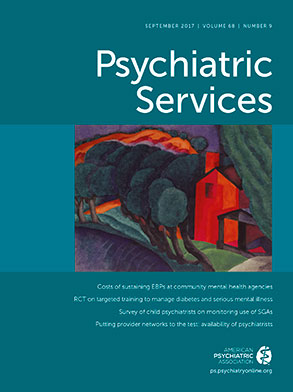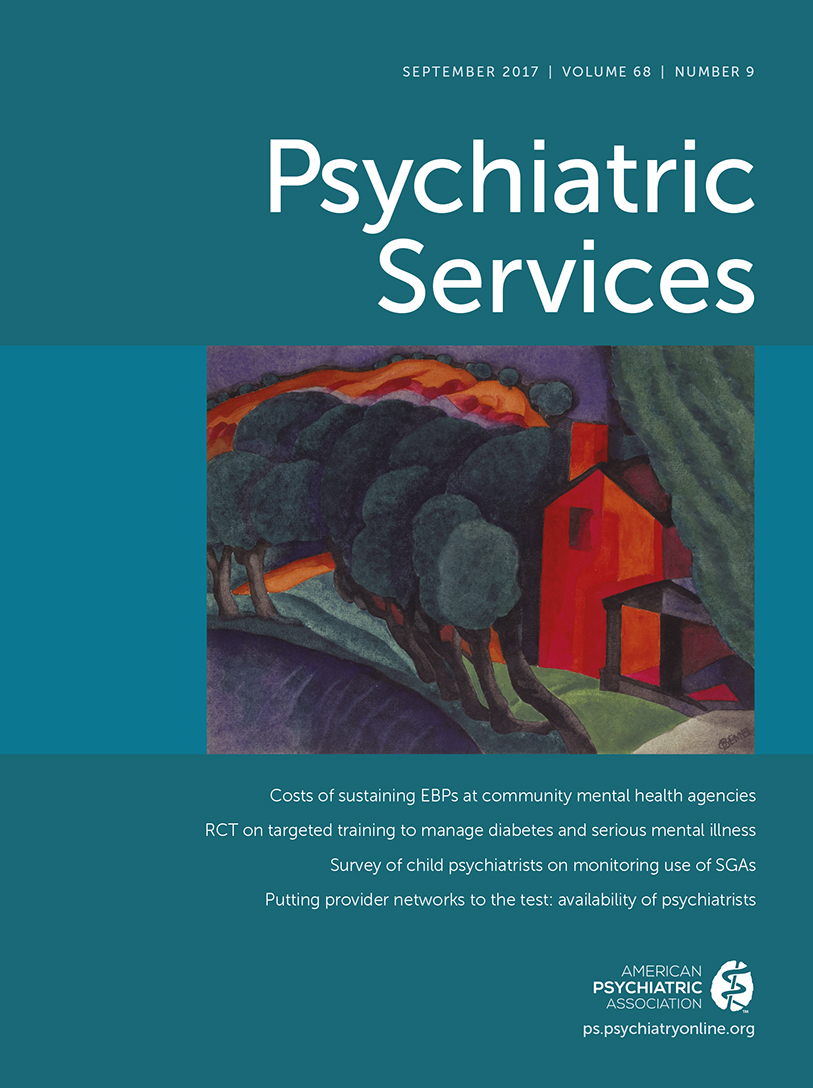Although yoga practice has widespread acceptance in the general population, its utility for hospitalized patients with severe psychiatric conditions has received limited attention. In late 2014, the Mental Health Hospital Center (MHHC) in the University of Miami–affiliated Jackson Memorial Medical Center was undergoing the transition to a nonsmoking facility. Traditionally, during an inpatient hospital stay, individuals look forward to designated “smoke breaks” as a means of relaxation and fresh air. However, with the looming end of this practice, we sought to identify a replacement activity for “unwinding” during the hospitalization.
As longtime practitioners of yoga, we began brainstorming and surmised that incorporating yoga into our patients’ daily activities could reap positive results with few potential risks. In turn, we applied for and were awarded a quality improvement project grant from the Committee of Residents and Interns. Our project, “Yoga in the Yard,” aimed to examine the feasibility and potential benefits of implementing therapist-guided yoga sessions within usual care on an acute inpatient substance abuse psychiatric unit.
Over the course of several weeks, we met with MHHC’s leadership staff to determine how to implement Yoga in the Yard. Surprisingly, from the beginning, everyone was supportive of its implementation and the opportunity to offer what would most likely be a novel activity for a predominantly indigent patient population. However, we anticipated difficulty contracting with a certified instructor to provide yoga on an inpatient psychiatric unit, due to limited funding, time constraints, and patient privacy laws. We therefore decided to use 70% of the grant funding to train three activity therapists via their participation in a “Yoga for Therapeutic Rehabilitation” training session facilitated by Cross Country Education. Trained inpatient staff were then able to incorporate the yoga sessions within the framework of scheduled group activities for the unit.
After morning rounds, the activity therapists described the yoga sessions and recruited interested patients. Before and after the yoga session, participants completed two rating scales, the Hamilton Anxiety Inventory (HAI) and the Drug Craving Scale (DCS). The sessions were offered three times per week and lasted about 30 minutes each. They comprised simple breathing exercises, basic stretches, low-impact yoga poses, and guided meditation. The participation rate varied from day to day depending on the milieu on the unit. On any given afternoon, the inpatient unit, typically a place of chaos, would be almost serene, with individuals outfitted in jeans and loose-fitting shirts and assuming meditative poses.
Over a period of six weeks, 48 adults undergoing detoxification from various substances (alcohol, opiates, and other substances) participated in our project. We hypothesized that the implementation of yoga sessions would be feasible within an acute inpatient setting and expected patients to exhibit a decrease in anxiety symptoms and substance cravings. The results indicated that the yoga sessions were indeed feasible to implement and that patients were willing to participate—the rate of refusal was minimal. There was an overall decrease in anxiety and in drug cravings after participation the sessions. The HAI total score decreased by 14.1 points (of 56 points, with a score of 25 considered severe), and there was also a notable decrease on all three items of the craving scale. Although repeated yoga exposure did not provide additional benefit in terms of decreasing anxiety symptoms, there was some decrease in craving.
Our results should be interpreted with caution because we did not include a control group of patients who were not exposed to the yoga sessions. The patients’ marked improvement could be attributed, in total or in part, to other treatment modalities received (including pharmacotherapy and psychotherapy) or to the natural course of substance withdrawal syndrome, in that it tends to improve over time. It is also unclear whether these results will generalize to other settings or populations. Furthermore, although the study’s therapists received yoga instruction and training, it is unclear whether the yoga sessions they provided would be deemed as effective as sessions taught by trained yoga professionals, although the activities therapists’ overall understanding of the patients and the treatment goals might well offset this limitation.
We believe our project indicates that therapist-guided yoga sessions can be effectively implemented within the mainstay of an acute inpatient unit and that this intervention may be of value in alleviating anxiety and craving of patients with substance use disorders. A potential added benefit of this intervention is that such practices could be continued individually, at home, and posthospitalization and may enhance coping skills, recovery efforts, and overall wellness after discharge.

